Plastic cups have long been the most common choice for drink service, but environmental pressures and customer expectations are changing this. Many businesses now wonder if paper cups1 are the better option.
Paper cups are generally better than plastic cups2 for hot beverages3, eco-conscious branding4, and customer safety5, while also being biodegradable6 or compostable7 in the right waste systems.
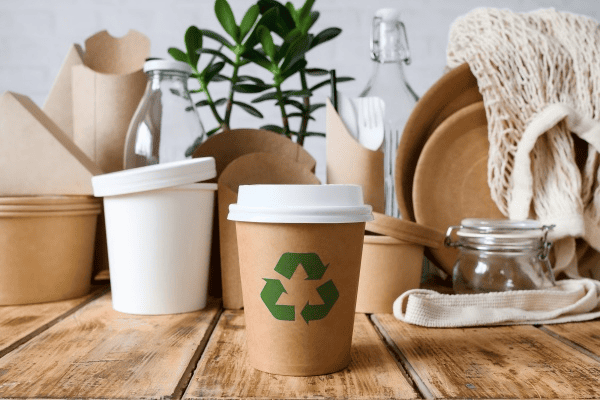
Choosing the right cup matters because it impacts product safety, brand image, and environmental footprint8. Using the wrong option can lead to customer dissatisfaction, bad publicity, and higher waste costs9.
What is better to use, plastic cups2 or disposable paper cups?
Plastic cups are cheap and durable, but their environmental impact is a growing concern. Paper cups offer better eco-credentials to match the shift in customer values.
Disposable paper cups1 are better when hot drinks, sustainable branding10, and eco-responsibility are important; plastic cups2 can be useful for cold drinks11 in high-volume, cost-sensitive situations.
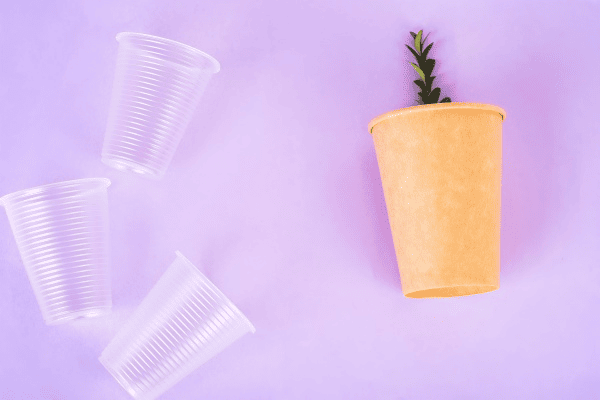
I worked with a coffee shop that used PET plastic for iced drinks year-round. When they switched summer hot-drink service to paper cups1, hot-drink spill complaints dropped, and their eco-conscious customers appreciated the shift. Matching the cup type to the drink and context balances cost and image.
Paper vs Plastic Overview
| Feature | Paper Cup (PE/PLA coated) | Plastic Cup (PET/PP) |
|---|---|---|
| Heat safety | Excellent | Poor |
| Cold drink use | Good | Excellent |
| Eco profile | Medium–High | Low |
| Branding | Excellent | Medium |
| Cost | Medium | Low |
Paper wins in safety and branding, while plastic can still rule in budget cold service.
Is a paper cup better than a plastic cup?
Paper cups are increasingly made from FSC-certified12 or renewable materials, unlike fossil-fuel-based plastics.
Paper cups are better than plastic cups2 for reducing long-term pollution, being biodegradable6 in composting facilities, and offering strong branding surfaces13.
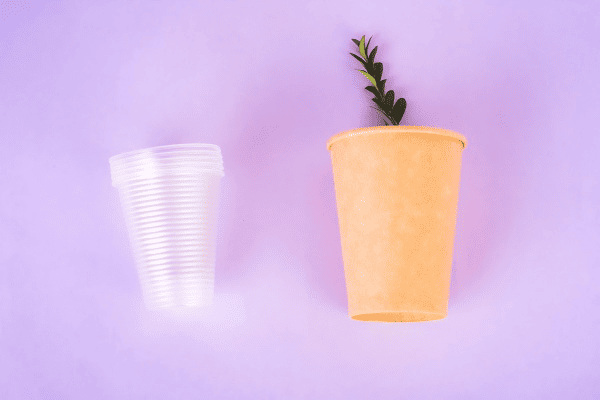
One hotel chain I worked with moved fully to paper cups1 in their in-room beverage stations. Besides cutting plastic waste, they found guests shared photos of the eco-friendly, logo-printed cups. This created organic marketing, something that plain plastic cups2 had never achieved for them.
Real Brand Shifts
- Starbucks: Switching paper for plastic iced cups saved ~4,000 tonnes of plastic annually.
- Beijing Winter Olympics: 48,000 paper cups1 used instead of plastic cut landfill waste and improved compost rates by 18%.
- McDonald's UK: Paper cup adoption saved 871 tonnes of plastic waste yearly.
What are the advantages of disposable paper cups1 over plastic cups2?
Paper cups are not perfect, but they have clear strengths in today’s market.
Advantages include biodegradability, safer hot drink handling, higher customer comfort14, and greater potential for high-quality printed branding.
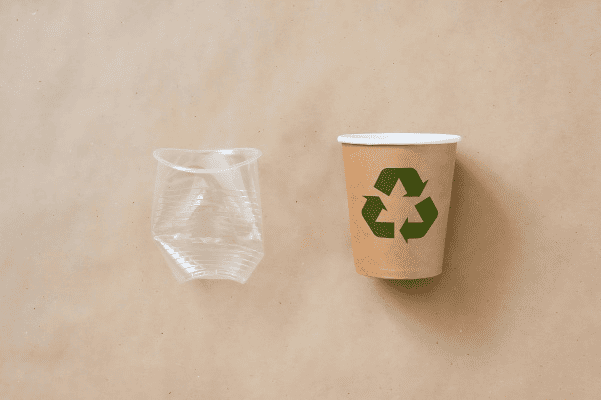
I once supplied a bakery with kraft paper cups—made from unbleached virgin pulp—which fit perfectly with their “natural ingredients” image. Customers noticed the texture and color and praised the business for walking the talk on sustainability.
Advantages Summary
| Advantage | Paper Cup Benefit |
|---|---|
| Eco-friendly | Made from renewable wood pulp, biodegradable6 |
| Safety | Handles hot liquids without dangerous softening |
| Branding | Large printable area for vivid colors or rustic feel |
| Customer comfort | Easy to grip, with warmer texture |
Plastic cups can't match the eco perception or premium appeal of a well-designed paper cup.
Why should we use a reusable cup rather than paper or plastic?
Even as a paper cup manufacturer, I admit reusables have the smallest long-term impact.
Reusable cups virtually eliminate single-use waste, making them a superior choice for consumers and brands committed to cutting waste entirely.
![reusable vs single use]https://papercupshkl.com/wp-content/uploads/2025/08/图片4.png "reusable vs single use")
At a trade expo, I met a café chain that offered loyalty discounts to customers carrying their own cup. Over a year, they estimated saving over 200,000 disposables. Customers felt proud to participate, and the chain reduced purchasing costs.
Waste Impact Table
| Type | Waste Profile | Lifespan Use Count |
|---|---|---|
| Paper | Compostable waste | Single-use |
| Plastic | Landfill/recyclable | Single-use |
| Reusable | Virtually no waste | 100+ uses |
Sustainability works best when reusable options are promoted alongside responsible disposable use.
Are plastic or paper cups1 better?
This is not a one-answer-for-all scenario—it depends heavily on priorities.
Plastic cups remain useful for cold, high-volume, low-cost service, but paper cups1 are better for safety, eco messaging, and shorter environmental impact.

Environmentally, paper with PLA coating beats plastic on decomposition time—2–5 months vs 200–400 years. Carbon footprint per cup is also roughly half. Brands that choose paper often gain customer goodwill and free positive media coverage.
Environmental Data Comparison
| Factor | Paper Cup (PLA) | Plastic Cup (PET/PP) |
|---|---|---|
| Decomposition | 60–180 days | 200–400 years |
| Recyclability | 50–75% | 20–30% |
| Carbon footprint | 20–30 g CO₂e/unit | 40–60 g CO₂e/unit |
| High-temp safety | Safe | May release microplastics |
Kraft vs White Card Paper Cups: Which to choose?
Both are paper, but with different materials and looks.
Kraft paper cups1 are unbleached, natural brown, and eco-themed; white card cups are bleached, crisp white, and suited for high-quality color prints.
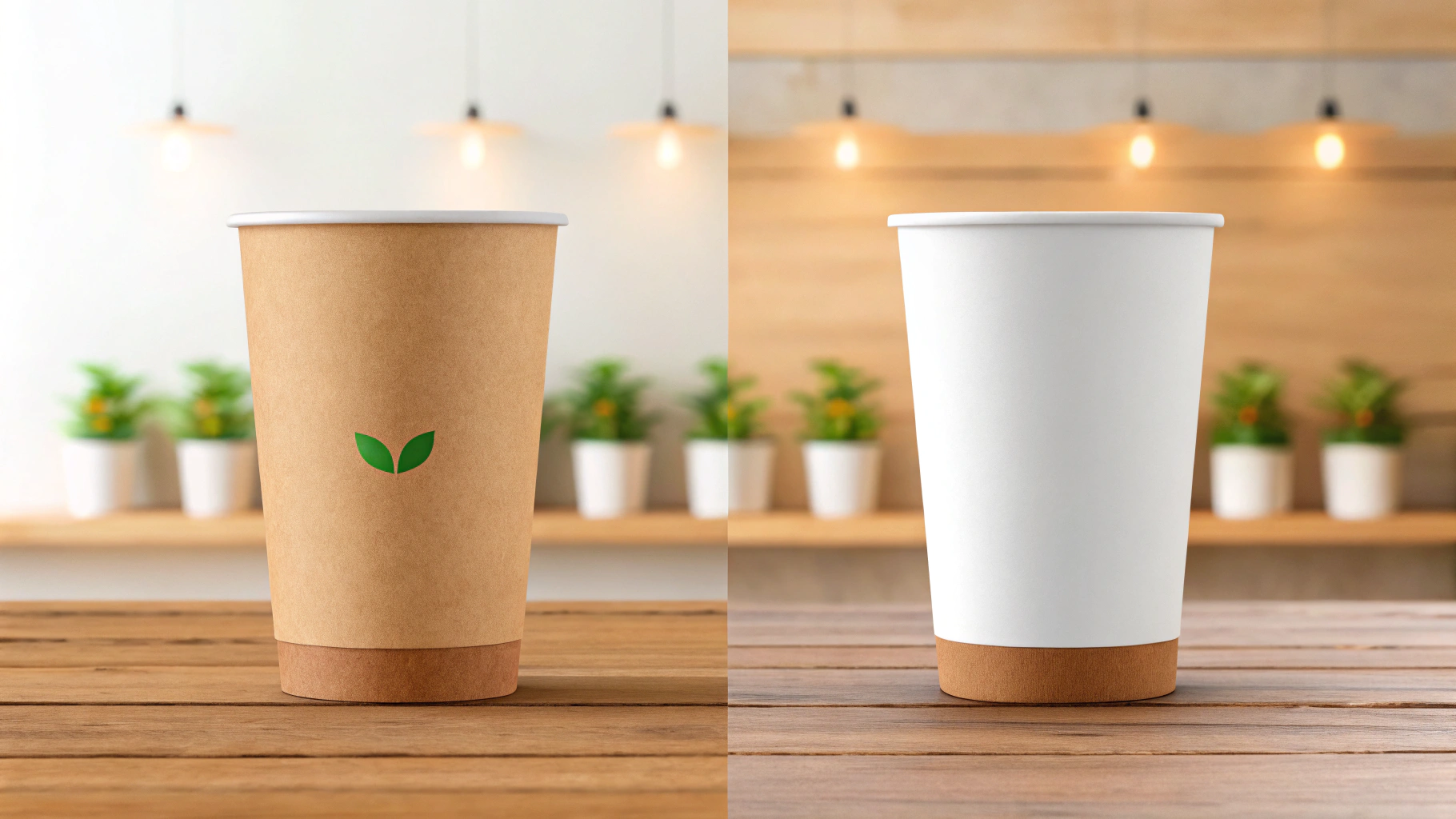
I often recommend kraft cups for brands with “natural” or “organic” themes, as they signal authenticity and minimal processing. White card cups are better for chains prioritizing vivid color branding.
Comparison Table
| Aspect | Kraft Paper Cup | White Card Paper Cup |
|---|---|---|
| Raw Material | Unbleached virgin pulp | Bleached virgin or recycled pulp |
| Look & Feel | Brown, eco look | White, premium print feel |
| Eco Profile | Higher (no bleach chemicals) | Good, but chemical bleaching involved |
| Branding | Best for simple, minimalist logos | Best for complex, colorful designs |
| Cost | Often same or slightly lower | Slightly higher due to bleaching & printing |
Conclusion
Paper cups—especially kraft or FSC-certified12 ones—outperform plastic in eco impact, safety, and branding. Plastic keeps a role in large-scale cold service, but reusables remain the top sustainable choice.
1.Explore the benefits of paper cups and their environmental impact compared to plastic. ↩
2.Learn about the environmental concerns associated with plastic cups and their long-term effects. ↩
3.Learn about the best options for serving hot beverages safely and effectively. ↩
4.Discover strategies for businesses to adopt eco-conscious branding and attract environmentally aware customers. ↩
5.Find out how customer safety impacts brand reputation and customer satisfaction in beverage service. ↩
6.Understand the significance of biodegradability in paper cups and its benefits for the environment. ↩
7.Learn about the advantages of using compostable cups and their impact on waste reduction. ↩
8.Find out effective strategies for businesses to minimize their environmental impact. ↩
9。Discover strategies for businesses to minimize waste costs and improve sustainability. ↩
10.Explore how sustainable branding can enhance a business's image and customer loyalty. ↩
11.Discover the ideal cup options for serving cold drinks in various settings. ↩
12.Understand the importance of FSC certification in ensuring sustainable paper sourcing. ↩
13.Explore how effective branding surfaces can improve customer engagement and brand recognition. ↩
14.Learn how customer comfort can influence purchasing decisions and brand loyalty. ↩
